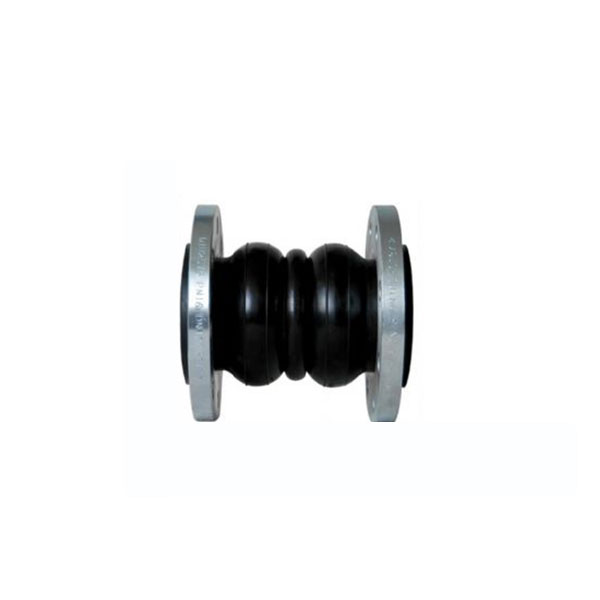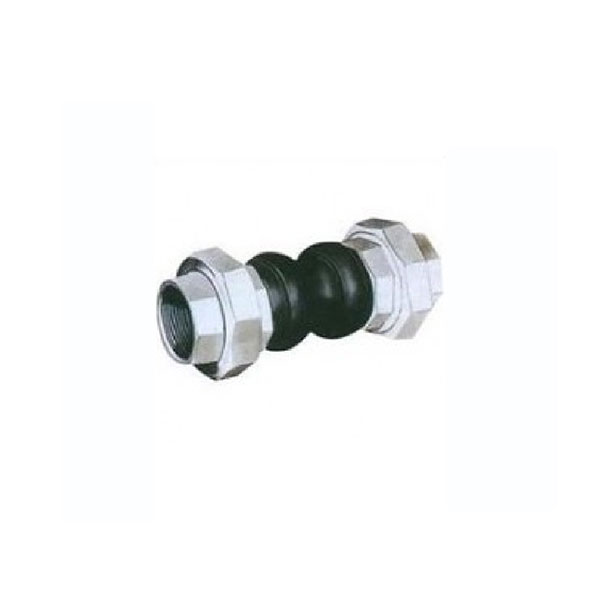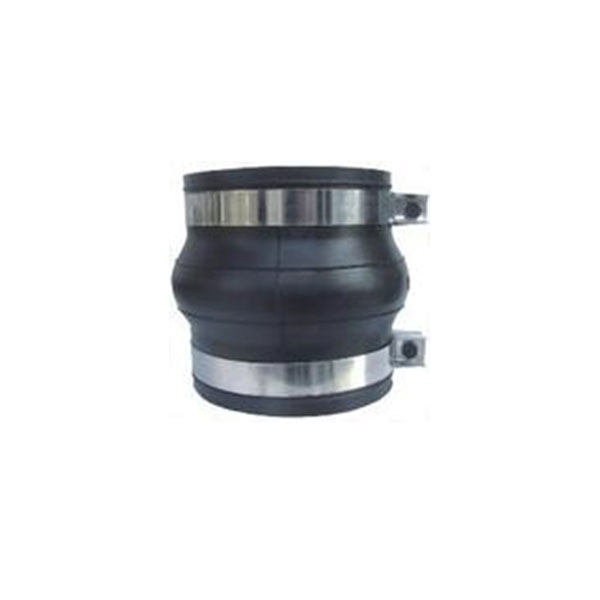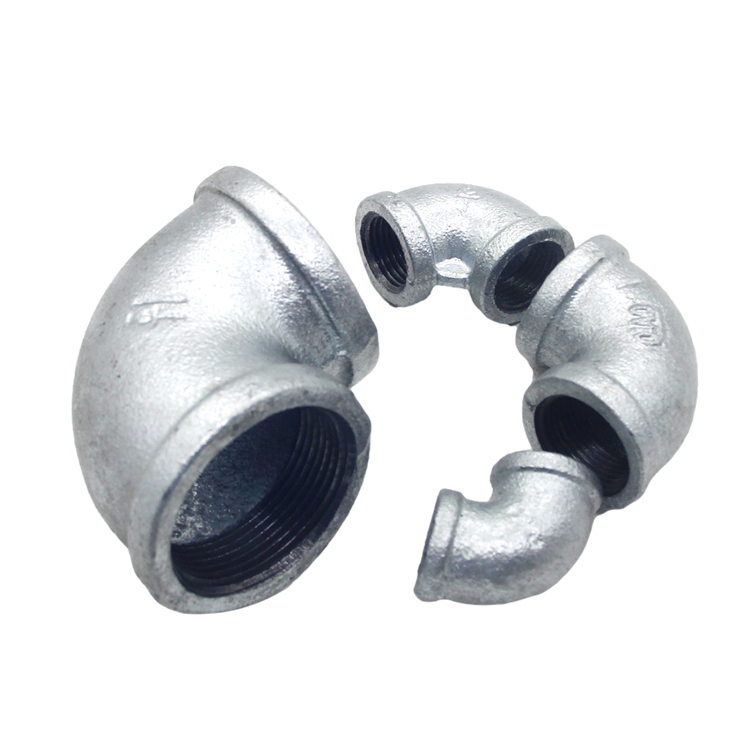JGD-A dual-balll rubber joint
Product Introduction
(1) The effect of vibration isolation
Rubber flexible joints play a key role in vibration isolation within piping systems. Its main function is to absorb and dampen the vibrations and shocks that occur during the operation of pumps, compressors and other mechanical equipment. The rubber joint is made of high-quality elastomer material, which has excellent elasticity and resilience. When installed between two adjacent pipe sections, it forms a flexible connection that can compensate for slight misalignments, thermal expansion and contraction, and absorb vibrations transmitted through the pipe system. By absorbing and dissipating vibration, rubber joints help prevent damage to equipment, piping, and supporting structures. It reduces the transmission of vibrations through the system, minimizes noise and prevents unnecessary fatigue and wear of components. In addition, rubber joints can effectively isolate vibrations caused by external sources, such as seismic activity or nearby machinery. It acts as a barrier to prevent the transmission of vibrations through the piping system, thereby protecting connected equipment and structures. In addition to vibration control, rubber joints provide flexibility and allow for easy maintenance and inspection of piping systems. It absorbs axial, lateral and angular motion, reducing stress on connected equipment and extending its life. Overall, rubber flexible joints are an integral component that prevents damage from vibration and maintains the integrity of equipment and structures, thereby facilitating the smooth and efficient operation of piping systems.

(2)The role of displacement compensation
Rubber expansion joints play a vital role in compensating for displacements in piping systems. Its main purpose is to accommodate motion caused by thermal expansion, seismic activity, or other factors. The rubber joints are made of high-quality elastomer material, which has excellent flexibility and elasticity. When installed between two pipe sections it forms a flexible connection allowing axial, lateral and angular movement. The main function of rubber joints is to absorb and compensate displacement. It handles minor misalignments, expansions, contractions and other movements that occur within the piping system. By accommodating these movements, rubber joints help prevent stress and damage to piping and connecting equipment. In addition to displacement compensation, rubber joints also contribute to vibration isolation. It absorbs and dampens vibrations generated by pumps, compressors and other equipment, thereby reducing the transmission of vibrations through the entire piping system. This helps protect the device and prevent potential damage. Additionally, rubber joints help reduce noise by absorbing and dissipating vibrations. It minimizes the transfer of noise from one pipe section to another, creating a quieter working environment. Overall, rubber expansion joints are critical components in maintaining the integrity and functionality of piping systems. It effectively compensates for displacement, reduces vibration transmission, and minimizes noise, ensuring smooth operation and service life of the system and its components.







